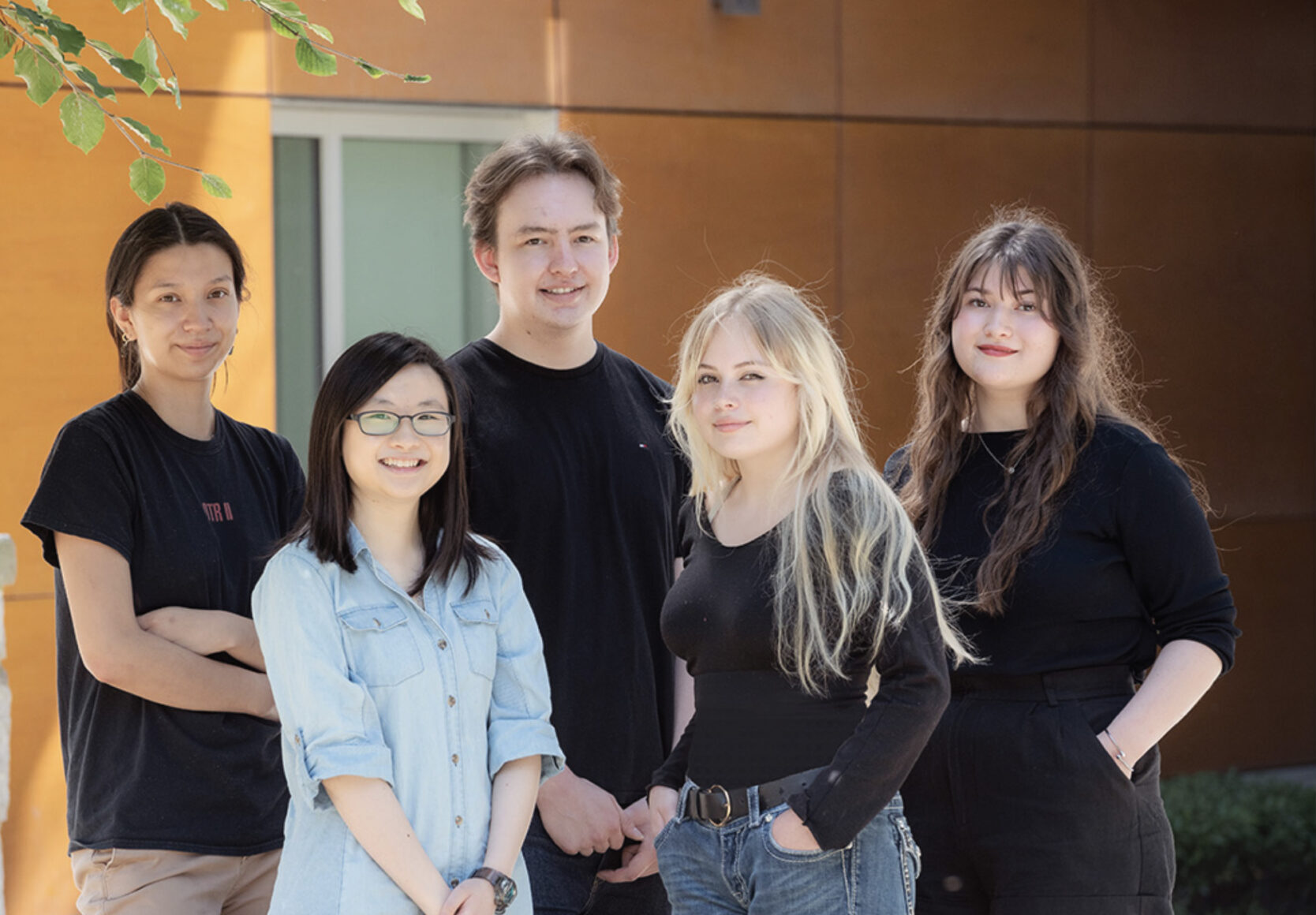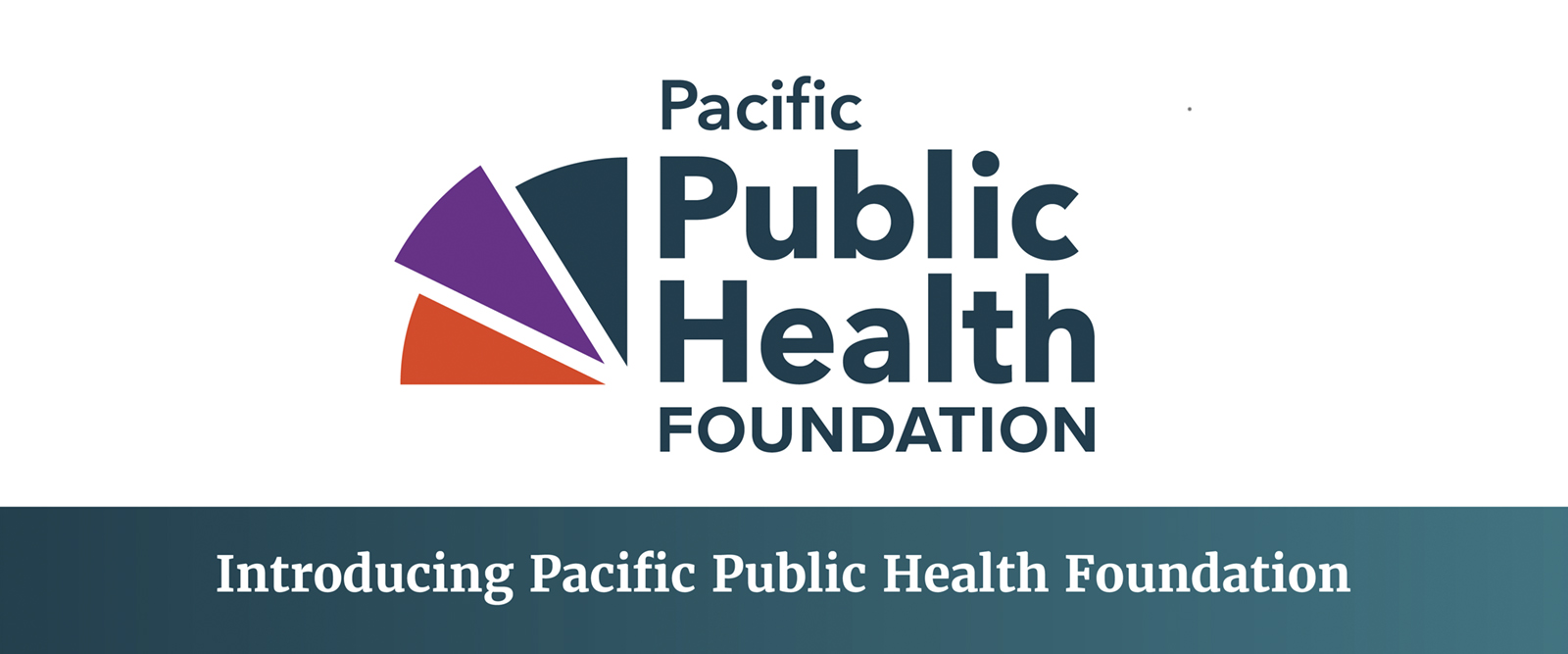Asthma is the number one chronic disease of childhood, and the third most common chronic disease in Canada. With almost 300 Canadians diagnosed with asthma every day, each year about four families lose a loved one to a fatal asthma attack.
Imagine if we could proactively avoid asthma. That’s precisely why we decided to back a crucial applied public health initiative aimed at investigating whether there are actionable measures to alter these statistics and ultimately preserve lives.
Preventing asthma in children is critically important for several reasons, and not only because it can improve their health and well-being. Preventing asthma would greatly reduce healthcare costs, as asthma-related costs place a substantial burden on our already-strained healthcare system. It could also decrease school absences, and associated caregiver burden, as well as improve health equity, as asthma tends to disproportionately impact communities that experience inequities due to systemic barriers and determinants of health, often due to environmental factors like air pollution.
Presently, researchers are examining a potential connection between asthma and antibiotic use in infancy.
A surprising connection initially overlooked
When a child experiences an asthma attack, we may not immediately associate it with antibiotic usage or breastfeeding. Yet, researchers at the BC Centre for Disease Control (BCCDC) discovered there could be a link.
Dr David Patrick and his team of researchers at the BCCDC made an interesting discovery. They noticed that antibiotic use was decreasing drastically in babies, and so was asthma in babies and children.
“The asthma folks did a double-take and said, ‘Well, wait a minute. Asthma is coming down too, especially in kids.’ And this raised the question for us as to whether these things [asthma and antibiotics] were connected.” -Dr David Patrick, Director of Research and Medical Epidemiology Lead for Antimicrobial Resistance, BCCDC.
The Foundation took an opportunity to fund translation of this work, spreading the enhanced rationale for investing in antibiotic stewardship programs in Canada, and globally, and empowering parents and caregivers to discuss unnecessary antibiotic use with their children’s healthcare providers.
Uncovering the history behind the rise of childhood asthma
There is a lot of good background science to suggest this possible connection between asthma and antibiotics. According to Dr Patrick, back in the 20th century there was a rise in childhood asthma, and two significant things were happening at the same time: doctors were dispensing antibiotics freely to babies and children, and corporations were touting the benefits of formula feeding. These two factors combined to create a problem.
It’s important to understand that breastfeeding in and of itself is not linked to causing or preventing asthma; rather, it’s that breastfeeding has a positive effect in children who are given antibiotics. First, breast milk contains beneficial substances that help healthy bacteria in the body to recover when they are affected by antibiotics. And second, the recovery of healthy bacteria seems to have a positive impact on reducing the risk of allergies, including asthma, in children.
Further research was needed
To get better evidence that antibiotic use and asthma were connected in children, Dr Patrick and his team worked with the Turvey lab and other collaborators on a study looking at data from a cohort of children in four cities across Canada. That study confirmed a link between exposure to antibiotics and risk of asthma, and importantly, demonstrated that antibiotics most likely cause the problem by disrupting development of a healthy microbiome — the healthy bacteria in the developing gut of the infant — which affects the predisposition towards allergic responses.
Getting the word out can turn the tide
Education around reducing unnecessary antibiotic use generally is something public health teams are actively working toward. But what a great discovery to learn that there’s an additional value in providing education about decreasing antibiotic use in infancy, in terms of preventing the development of allergies and asthma. Further, it was learned by the Turvey lab and CHILD cohort collaborators that if babies requiring antibiotics receive human breast milk, then they are less likely to have the antibiotic-associated risk, and this message is key to turning the tide.
The Foundation saw an incredible opportunity to help with this.
“So then, it’s a lot of common sense things coming together to say that this inevitable asthma epidemic we saw come together at the late twentieth century, may not be inevitable. We may be able to turn around large parts of it. And that’s where the Foundation came in. They knew this story needed to be packaged so that people understand it. We’re grateful to the Foundation for helping us get all this information together and out. For professionals, yes, but, because decisions are made by politicians and by the public, we need to reach that audience too.” –Dr David Patrick
Using a multi-pronged approach to target multiple stakeholder audiences, and seeking the input of knowledge users (i.e., pregnant people and parents of young children) to co-design public awareness materials, greatly improves the sustainability and long-term impact of this project. This is applied public health work in real-time — translating evidence into change that advances equity and promotes health — and it is with the support of our many donors that this kind of work is able to happen.
With this approach, over time, we expect to see a drop in antibiotic use resulting in fewer children suffering from asthma. This will alleviate burden on the healthcare system and will ensure that families receive the support they need so that they can lead more productive and healthy lives. And it will save lives.
This project demonstrates the benefit of investing in prevention and public health. It is proactive rather than reactive, and by focusing upstream on root causes, we collectively save time and resources, advance equity, and better protect community health and resiliency.



